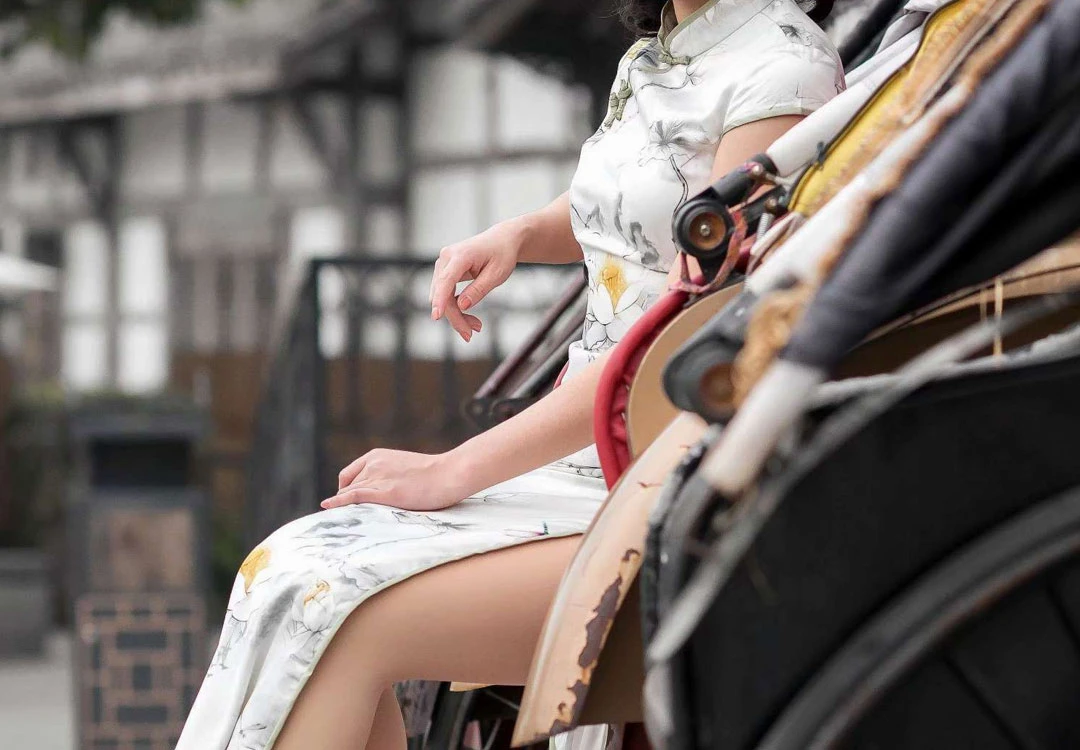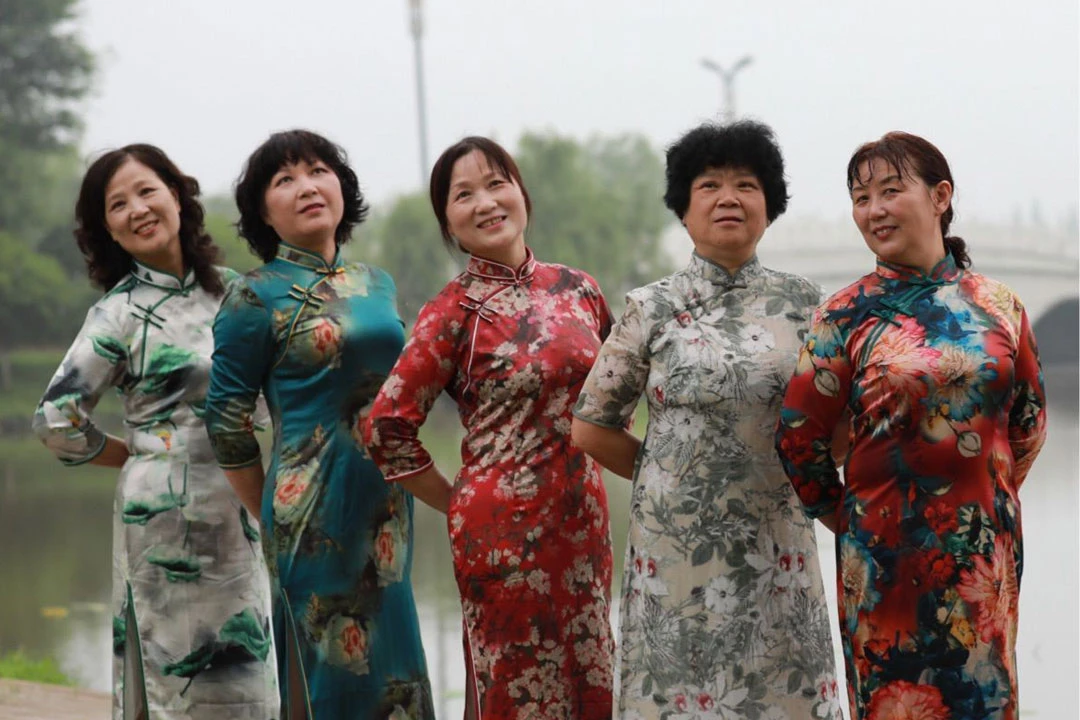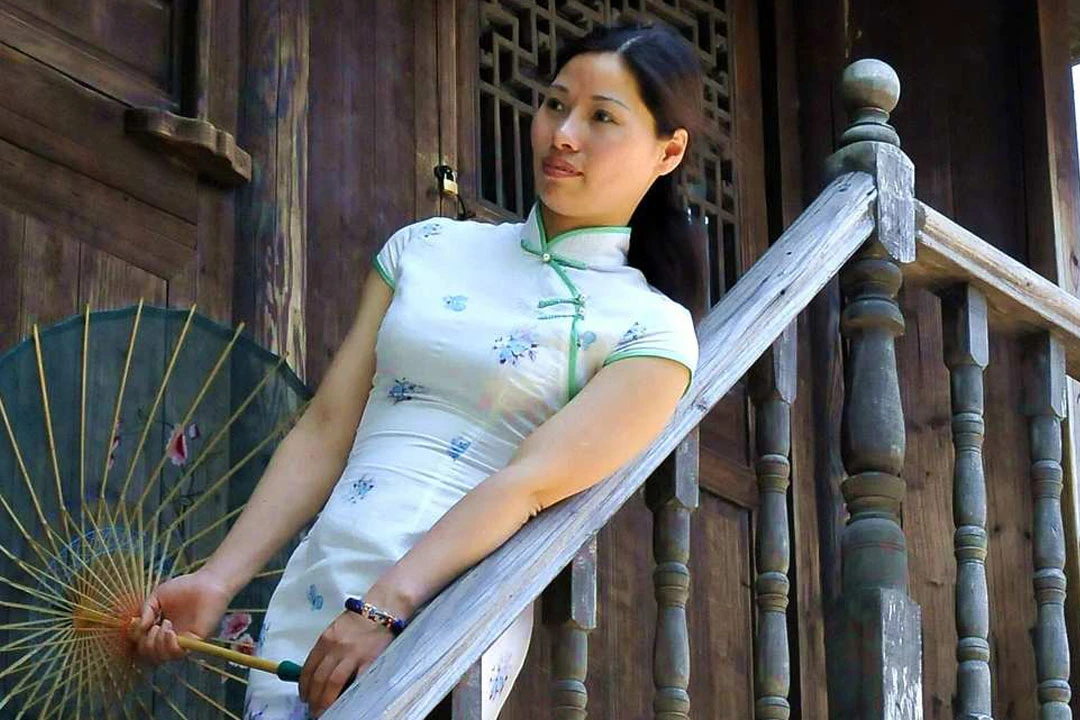Qipao Elegance: Bridging Generations Through Fashion
In the heart of Shanghai, where skyscrapers kiss the clouds and neon lights paint the night, a gentler, more nostalgic scene unfolds. The soft rustle of silk and the delicate tinkling of jade accessories fill the air as families gather for an event that bridges generations and celebrates the enduring charm of Chinese culture. Welcome to the "Blossoming Era: Preserving Shanghai's Cultural Heritage" family qipao show, a vibrant testament to the city's commitment to honoring its past while embracing its future.
The event, held in the Heqing Town's New Era Civilization Practice Center, brought together over 20 families, each adorned in stunning qipao – the iconic dress that has come to symbolize Chinese elegance and femininity. But this was no ordinary fashion show. As mothers and daughters, fathers and sons took to the runway, it became clear that this was a celebration of family, tradition, and the unique cultural tapestry that is Shanghai.
As the participants glided across the stage, their qipao – ranging from classic designs to modern interpretations – told stories of China's rich history and its evolution. Each swish of fabric, each carefully embroidered pattern served as a visual narrative of the nation's journey from imperial dynasties to its current status as a global powerhouse. The sight of young children, some barely tall enough to reach their parents' knees, proudly wearing miniature versions of the traditional dress alongside their elders, painted a poignant picture of cultural continuity.
But the event was more than just a showcase of beautiful clothing. It was a carefully crafted experience designed to immerse participants in the multifaceted world of Shanghai's heritage. Following the fashion show, families were invited to explore a "Shanghai-style bazaar" – a curated market that brought the city's past to life. Here, the air was thick with the scent of traditional snacks and the sound of the distinctive Shanghai dialect as visitors participated in language games that tested their knowledge of local expressions.
Cultural Revival: Shanghai's Unique Blend of Past and Present
One of the highlights of the bazaar was a workshop on fan painting, an art form deeply rooted in Chinese culture. Parents and children huddled together, brushes in hand, as they learned to create delicate designs on folding fans. The concentration on their faces as they worked spoke volumes about the event's success in engaging multiple generations in hands-on cultural experiences.
"This isn't just about wearing pretty dresses," explained Liu Mei, one of the organizers. "It's about creating tangible connections to our heritage. When a child paints a fan or learns a phrase in the Shanghai dialect, they're not just acquiring a skill – they're becoming part of a living, breathing cultural legacy."
The event also served as a platform for more formal cultural education. Young members of the local Red Scarf Guides program – a youth organization dedicated to promoting Chinese values – took center stage to read a proposal encouraging their peers to become "inheritors and promoters of Chinese traditional culture." Their earnest delivery and the attentive silence of the audience underscored the community's commitment to nurturing a sense of cultural responsibility in its youngest members.
As the day progressed, it became clear that the qipao show was more than just an isolated event – it was part of a larger, concerted effort to weave traditional values into the fabric of modern urban life. The unveiling of a new "New Era Civilization Practice Point" at the venue symbolized the local government's dedication to creating spaces where cultural preservation and community engagement can flourish side by side.
"We're not just looking to the past," said Zhang Wei, a local official. "We're building a bridge between our rich heritage and our dynamic future. These events, these spaces – they're incubators for a new kind of cultural awareness, one that honors tradition while embracing innovation."
Community Unity: Nurturing Traditional Values in Urban Spaces
As the sun began to set and families reluctantly prepared to leave, the air was buzzing with excitement and a palpable sense of cultural pride. Parents spoke of feeling reconnected to their roots, while children chattered enthusiastically about the new skills they had learned and the beauty they had witnessed.
"I never thought I'd see my daughter so excited about something from 'my time,'" laughed Wang Ling, a mother of two. "But today, watching her twirl in that qipao, seeing her eyes light up as she painted that fan – it was like watching two worlds come together in perfect harmony."
The success of the "Blossoming Era" event speaks to a growing trend in urban China – a desire to reclaim and reimagine cultural traditions in ways that resonate with modern sensibilities. It's a delicate balance, preserving the essence of the past while making it relevant and appealing to new generations. But if the joy and engagement on display at this family qipao show are any indication, Shanghai is well on its way to mastering that balance.
As the last families drifted home, their qipao catching the light of the setting sun, one couldn't help but feel that something truly special had taken place. In the span of a single day, generations had connected, traditions had been honored, and the vibrant, enduring spirit of Shanghai culture had been celebrated in all its glory. It was a reminder that even in the most modern of cities, the heart of tradition continues to beat strong, ready to inspire and guide new generations towards a future that honors the best of the past.



